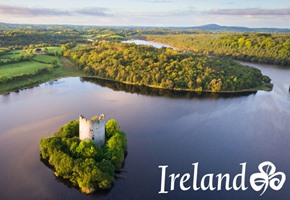
The Four Corners of Ireland
09/10/2018 · By Lorna Heatley
Are you wanting to visit a country filled with history, beauty, culture, and rich traditions? There is almost too much to do in Ireland!
Read moreLively Cork is officially Ireland's second city, though its fiercely proud inhabitants often call it "the real capital of Ireland". Their pride is understandable; the city's beautiful centre is surrounded by pretty waterways, creating an island of elegant Georgian streets and ornate architecture, as well as an authentic, narrow tangle of alleyways from the same era. These are packed with exciting shops, pubs, cafés and restaurants, along with some fantastic museums and monuments, making Cork a delight to explore.
Find out more with a free brochure and enjoy weekly travel inspiration and offers in our e-newsletter.
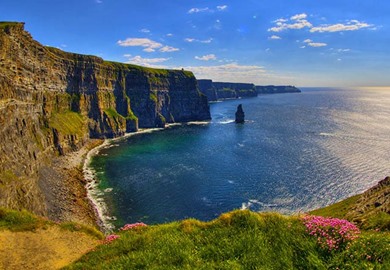
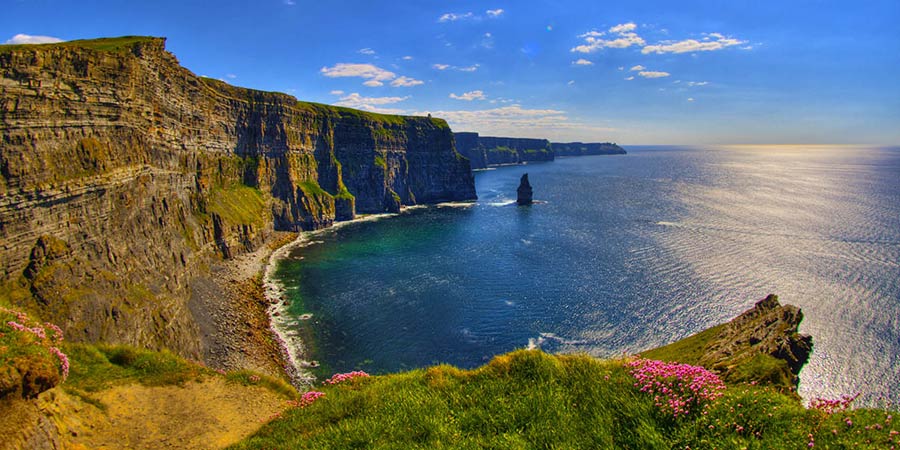
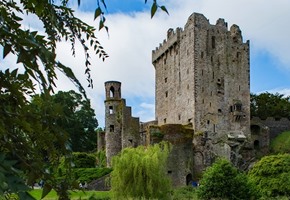
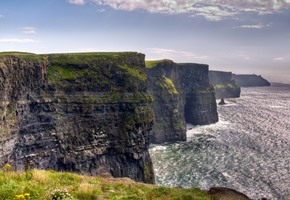
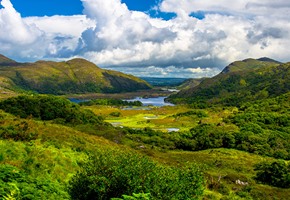
 (52 reviews)
(52 reviews)Boasting rugged coastlines, rolling hills, dramatic castles and a culture rich in mythology; the Emerald Isle is as beautiful as it is fascinating. Travel around this captivating country, seeing the iconic Blarney Stone and admiring the natural beauty of the Ring of Kerry and dramatic Cliffs of Moher. Enjoy the scenery during trips in a ...

The city's long history has largely centred on the battle for independence. By 1185, Cork was under English rule, replacing Irish leaders in the South's most influential stronghold. A series of clashes ensued over the years. The city still prospered, aided by its position in one of the world's largest natural harbours. During the 18th century Cork exported produce all over the world. In later years, Cork's reputation as 'the Rebel City' was justified in the fight for Irish independence - though it has since emerged as a calmer city, and still a fantastic destination.
One of Cork's most popular attractions is the fantastic English Market, set up in 1786, that is a celebration of food from all over Ireland - cheese-makers, vegetable stalls, organic producers and butchers all sell their produce in the atmospheric covered market. Also widely supported by the local community, the market's status as an all-round city highlight was confirmed when Queen Elizabeth II visited during her state tour in 2011.
Housed in the imposing former prison building, an audio tour relays the harshness of the 19th century penal system. The tour features a range of exhibits and displays, including the carefully restored cells. The prison closed in 1923, and was reopened as a radio station, so the interesting Radio Museum Experience is also on-site.